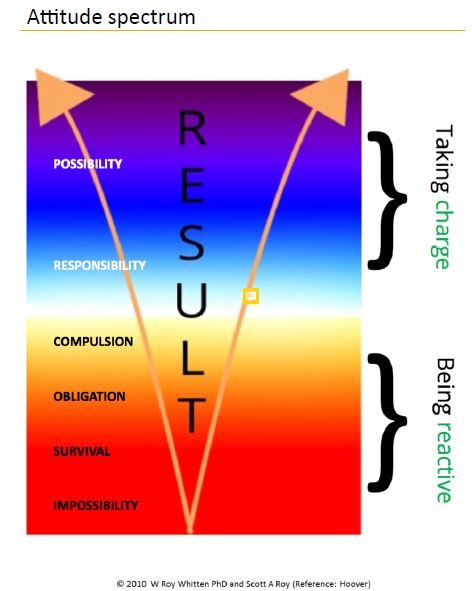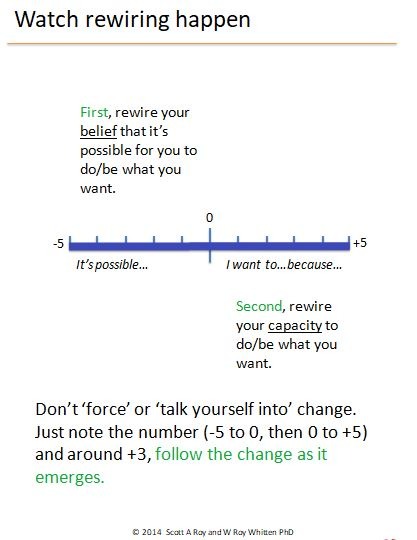It’s taken nearly six decades, but business owners, especially social entrepreneurs, are waking up to the power of mindfulness at work.
On the one hand, this is a welcome development. Professionals who regularly use present-moment awareness — as they sell, manage, and lead — know its transformative power. On the other hand, once something as subtle as present-moment awareness becomes popular, it always gets watered down: understood instead of experienced, and talked about instead of lived.
We cannot let this happen to present-moment awareness. Introducing life-saving and poverty-reducing businesses has huge challenges: selling ethically, managing wisely, and aligning company operations with its founding principles. Meeting these challenges requires incorporating present-moment awareness into our daily business practices.
As a sales consultancy, we have been working on this for 10 years now — for ourselves and for our clients. Here’s some of what we’ve learned about the critically important ability to live in the present moment, instead of being stuck in the past or set adrift in an imagined future.
As a young child, you were naturally able to live in the present moment.
From ages 0-5, everyone lives in the present moment almost all the time. Watch any young child and you’ll see present-moment awareness in action. They learn quickly and naturally without anxiety or worry about failure, and they change swiftly and permanently.
Around age five, the brain spontaneously develops what we call a Performance Self Image™. As discussed in Schwartz and Begley’s book “The Mind and the Brain,” children start losing the neuroplasticity that accompanies living in the present moment. Your mind literally starts telling you who are and what you can and cannot do. And you begin an inevitable slide into living on autopilot: a series of reactionary patterns and habits — personal and professional — that can last forever.
Now, as an adult, your job is to wake up!
The Sufi teacher, Idris Shah, wrote: “Man is asleep; must he die before he wakes?” I am assuming that, as a reader of Conscious Company, you are familiar with this imperative. The follow-up question is intensely practical: how do I snap out of automatic pilot — at work and at home?
Sometimes, waking up is spontaneous. We see our children at rest. We are struck by a sunrise, a story, or a spontaneous act of kindness. Most of the time, however, we have to choose to wake up — and we have to learn how to do so.
The most effective way to learn how to wake up is split attention, a practice from the writings of Gurdjieff that formed the basis of our doctoral research. The great advantage of this practice (which you can learn via this YouTube tutorial) is that you can utilize it as you work. Everything we teach is grounded in this simple, powerful skill that, over time, allows you to spend far more time in the present moment.
You can notice your state of mind, your attitude.
S Roy, Dr. John Hoover, and I developed this model to help ourselves and our clients notice our mindset, moment-by-moment as we work. At its simplest, it’s a matter of sensing whether you are above that white line in the middle of the page or below it.
When you split your attention — even for just thirty seconds — you will immediately become aware of your state of mind. This simple awareness allows you to do two things that can transform your behavior.

1. You can learn to elevate it for greater perspective, confidence, and creativity.
Here’s how you do it:
- Split your attention.
- Focus on what you most deeply want. Say or write what this is; deepen it by adding, And I want that because what I’m really after is ________.
- Keep doing this until you feel your attitude lift.

2. You can learn to transform — i.e. permanently change — your mindset and behavior.
We call this practice rewiring because we have learned that present-moment awareness and deep desire, experienced at the same time, trigger the brain to create new neural pathways quickly and naturally, just as they did when we were young children.
It’s not complicated. Here’s how to do it (refer to the above “Watch rewiring happen” graphic).
- Develop a short statement about what you want to do or be.
- Follow the instructions.
Understanding this is easy; mastering it takes practice. Go for it! The rewards are huge.




